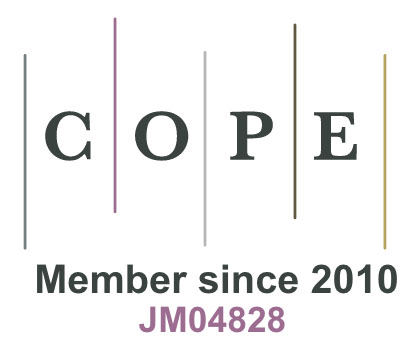Distant Reiki Intervention During the COVID-19 Pandemic
The current ANS featured article is titled “Experiences With a Distant Reiki Intervention During the
COVID-19 Pandemic Using the Science of Unitary Human Beings Framework” authored by Jennifer DiBenedetto, PhD, RN-BC. You can download this article at no cost while it is featured on the ANS website! Here is a message from the author about her research:
One of my research interests centers on mind-body therapies and its integration into conventional medicine to offer non-pharmacologic interventions to manage psychological and emotional distress in the community. A mind-body therapy I am especially interested in researching is Reiki therapy. Reiki therapy is a holistic healing modality that facilitates an exchange of life force energy to promote wellness in its recipient. As a Reiki Master and Registered Nurse, I enjoy integrating Reiki therapy into both my nursing practice and to clients in my local community.
When this study was designed and conducted, I was employed as a critical care nurse during the COVID-19 pandemic. I witnessed the way nurses cared for patients with COVID-19 and the effect it had on the emotional and mental health of patients, nurses, and the community. With stress and anxiety being especially high, along with my personal passion of engaging in self-care and practicing Reiki, it sparked my desire to research distant Reiki and its impact on perceived stress and anxiety using Rogers’ Science of Unitary Human Beings Framework. Distant Reiki was selected for this article due to its ability to offer healing in a socially distant way within the human-environmental field pattern.
This article stretches the lens of what is traditionally published in studies employing Rogers’ framework, particularly in its mixed method design and the interpretation of the qualitative and quantitative results. There is also novelty in the reconceptualization of the terms “stress” and “anxiety” by noting these patterns as perceptions of stress and anxiety. Further emphasis is given on the intentional presence of the nurse who is delivering the distant Reiki and how the openness allowed for the nurse and participant to engage in a mutual and dynamic process of generating new patterns. This pattern change is achieved through the promotion of participant awareness, self-reflection, self-discovery, and human choice. Verbal accounts from the participants, along with the instrument scores, support a transformative experience in fostering mental wellness, wellbecoming, and self-care. Future research into how nurses can use healing modalities into their practice, such as Reiki, to foster the nurse-patient relationship is needed.





